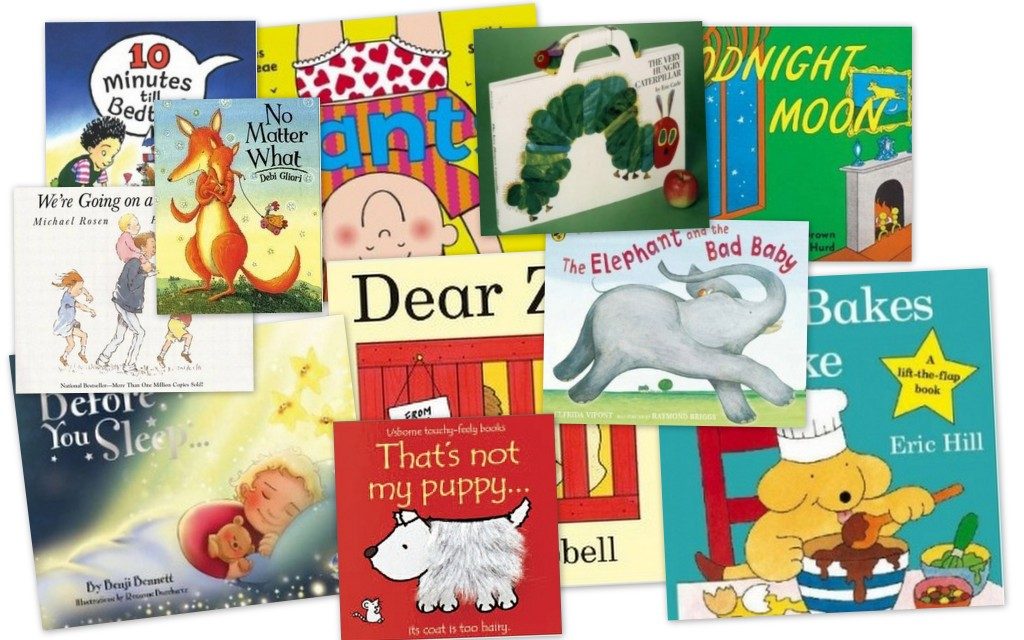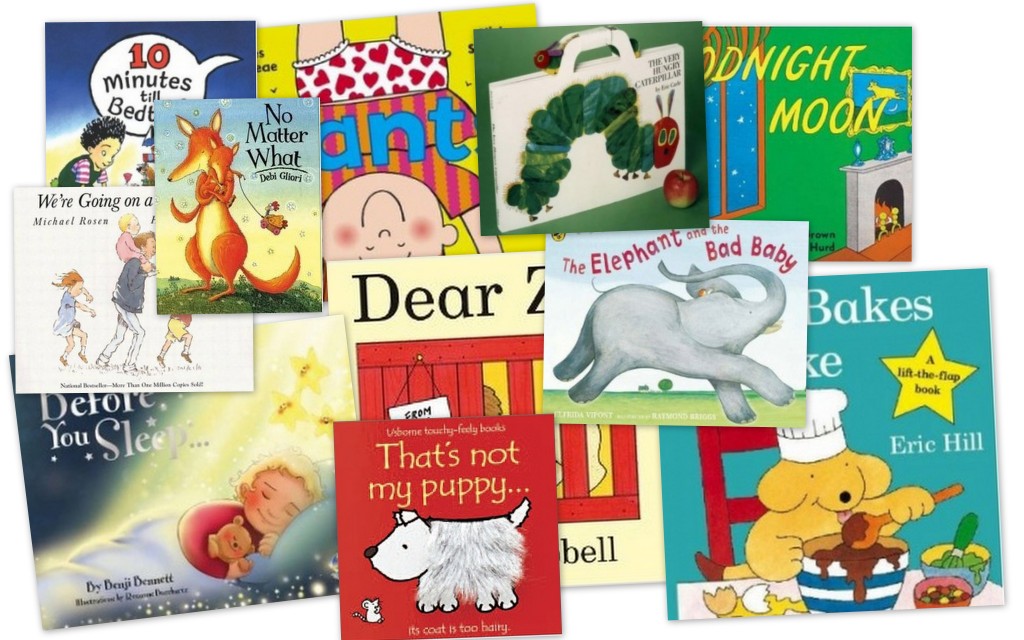LANGUAGE & LITERACY:
Language and literacy development usually begins from birth to 3-years-old. Exposure to books and literacy-based materials are linked to early language development in children. According to research (www.zerotothree.org), the interactive and experiential process of learning spoken and written language skills begins in early infancy. Prior to entering elementary school, children gain significant knowledge of language; speaking, reading and writing are taught through connections made with adults and other children. Though literacy skills develop throughout our lives, early literacy development starts within the first year.
DIFFERENCE BETWEEN LANGUAGE AND LITERACY:
There is a clear difference between the two terms; language is spoken or signed (ASL), whereas literacy is usually referred to as the ability to read and write.
DOES EARLY LITERACY MEAN READING?
Formal instruction of reading between 0-3 would not be considered developmentally appropriate, but emphasizing literacy skills through enjoyment of books and positive interactions between people (children and adults) is vital for development. It is important to note that pushing for formal instruction of literacy prior to when a child is developmentally ready for exposure could have a negative impact on development.
When introducing literacy concepts to infants and toddlers, the behaviors that may seem so natural to you, as an adult, need to be learned by your little one. The behaviors to highlight may include:
- Book handling: A child must learn how to hold a book, have knowledge of pages and their movement and which direction to turn a page. These basic manipulations of a book are considered early concepts of literacy.
- Engagement: Positive interactions with books start when children are able to choose books that spark their interest, usually chosen by images on the book or associated with the book. Increasing attention is another form of early literacy concepts and can be targeted while reading, either through visual tracking or pointing to pictures in a book. As children advance, through these interactive experiences of attention, they will begin to show their understanding of pictures by pointing to familiar objects (Where is the ball? The girl? The dog?)
- Comprehension: In its earliest form, young children may begin to imitate actions of characters in a story and/or repeat words, as they relate to the story (‘bear’, while reading brown bear, brown bear). Based on the early literacy skills your child may be exhibiting, it is important to expand upon their knowledge with more language (‘Good job! That is the brown bear. You found him. Let’s turn the page to see what comes next.’)
- Reading Behaviors: Young children may demonstrate acquisition of these behaviors through verbal interactions such as babbling, while you read, using their finger to track words on the page, recognizing words on the page and even scribbling to ‘write’ words on paper.
WHAT TYPES OF LITERACY ARE ENGAGING FOR KIDS?
- 0-6 MONTHS: Books that are either chunky with large and simple pictures or books with texture that babies can hold and hear.
- 6-12 MONTHS: Durable books with lots of photos of familiar objects.
- 12-24 MONTHS: Board books with familiar objects/actions. Books with repetitive and/or predictable language (rhyming words, action words). Within this age bracket, children can attend to a few (large) words on the pages.
- 2-3 YEARS: Simple storybooks that are predictable and that children can memorize (Brown Bear, Brown Bear). Children benefit from books that teach/practice rote skills like: phonemic awareness, alphabet, counting, colors and shapes. Children’s vocabulary can also benefit from books that incorporate categories (clothing, transportation, food).
HOW TO SHARE LANGUAGE AND LITERACY AT HOME:
- SHARE BOOKS: Make this part of their daily routine, whether at bedtime, before naps or during the bath. Books don’t have to be super long or complex. To keep the experience positive, read for as long as the child will sit and attend. As the child grows, so will their attention span.
- INTERACT: Sing along with nursery rhymes, expand language, answer questions and let kids turn pages. It is also fun to talk about the pictures that interest them to help increase vocabulary skills.
- ASK QUESTIONS: This goes a long with interacting, but asking ‘wh’ questions about events occurring in the book/story will allow children to think about what you’re reading and participate in the process. Be sure to ask a few different types of questions that relate to common objects in the story (e.g. who was driving the car? Where was the girl sitting? When did the boy go to sleep? What did the dog eat? Why was Mommy sad?)
- MAKE IT PERSONAL: Relate text (story)-to-self to help children make cross-categorical connections. For example, if the book you are reading is talking about a pet, you can ask your child. ‘Do you have a pet? Is your pet a dog or a cat?’ Making these connections with your children while reading will help them not only comprehend vocabulary, but also allow them the opportunity to make associations between literacy and real-life.
- RETELL: If you have read a story several times to your child, and they are able, have them retell the story to you. They can use the pictures to help them walk through the scenes and sequence the events. This not only allows you to see what they are listening to, but maybe where they are struggling to comprehend.

